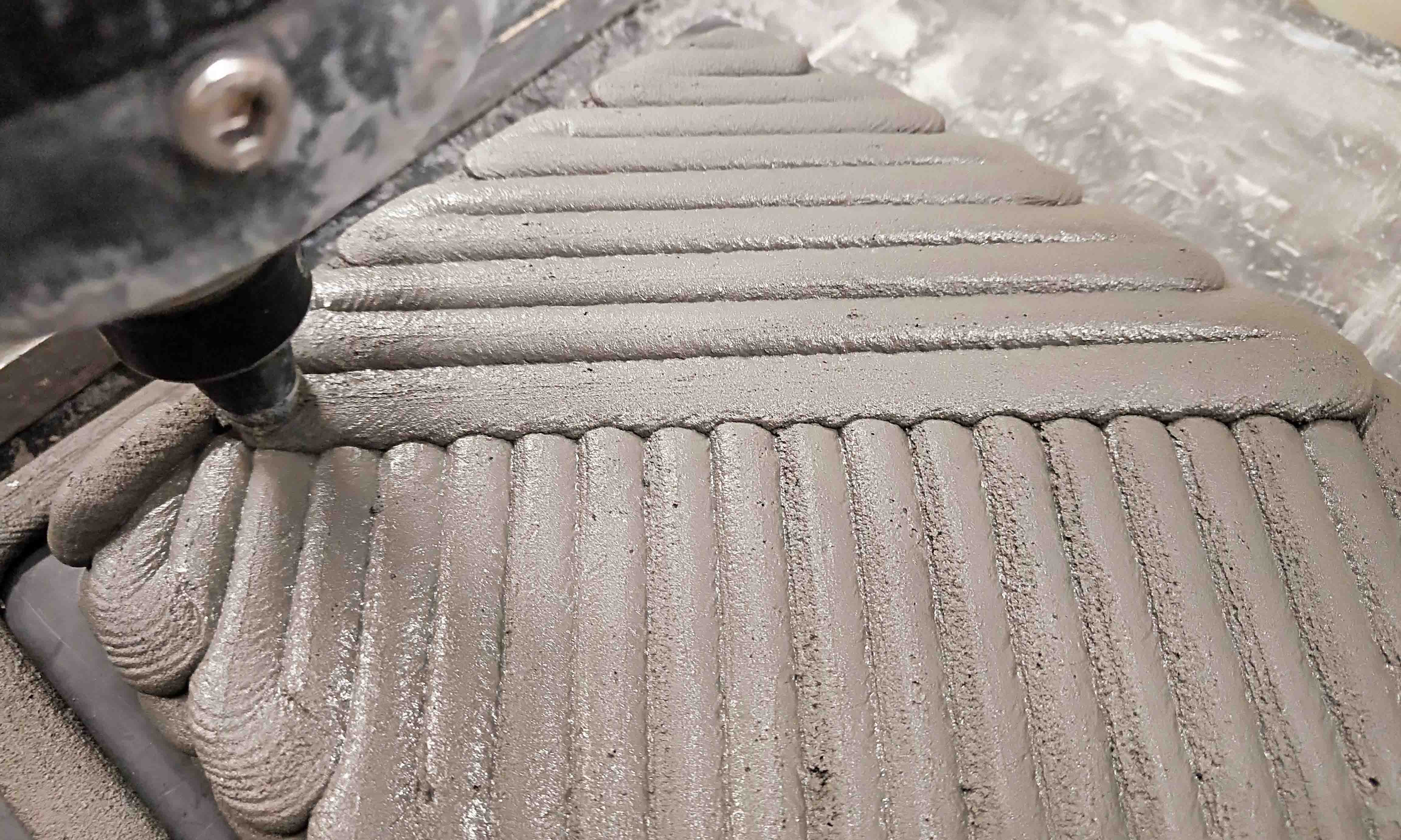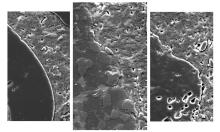
In a new experimental study, researchers at Royal Melbourne Institute of Technology (RMIT) University in Australia have looked to the natural strength of lobster shells to design special 3D printing patterns.
The researchers say that lobsters' bio-mimicking spiral patterns improved the overall durability of the 3D printed concrete, as well as enabling the strength to be precisely directed for structural support where needed.
When the team combined the twisting patterns with a specialised concrete mix enhanced with steel fibres, the resulting material was stronger than traditionally-made concrete.
Lead researcher Dr Jonathan Tran said 3D printing and additive manufacturing opened up opportunities in construction for boosting both efficiency and creativity.
He added that 3D concrete printing technology has real potential to revolutionise the construction industry, and that his team's aim is to bring that transformation closer
“Our study explores how different printing patterns affect the structural integrity of 3D printed concrete, and for the first time reveals the benefits of a bio-inspired approach in 3DCP," said Tran, a senior lecturer in structured materials and design at RMIT.
“We know that natural materials like lobster exoskeletons have evolved into high-performance structures over millions of years, so by mimicking their key advantages we can follow where nature has already innovated.”
Tran said the spiral patterns hold the most promise for supporting complex 3D printed concrete structures.
“As lobster shells are naturally strong and naturally curved, we know this could help us deliver stronger concrete shapes like arches and flowing or twisted structures,” he said.
“This work is in early stages so we need further research to test how the concrete performs on a wider range of parameters, but our initial experimental results show we are on the right track.”







